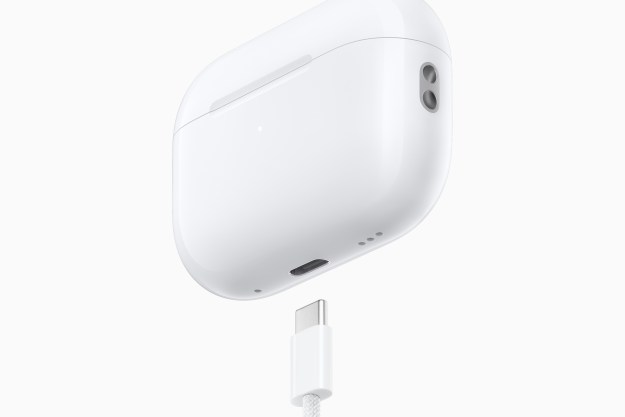New figures from Nielsen Media Research show that the number of U.S. households with DVD players has finally exceeded the number of U.S. households with VCRs—and, with some irony, the finding comes just as DVD players are themselves being made obsolete in the marketplace by “next-generation” Blu-ray and HD DVD systems.
Nielsen’s 3rd Quarter Home Technology Report sound 81.2 percent of U.S. households have DVD players, compared to 79.2 percent which have VCRs. The study also finds that ownership of most media technology is trending upward from previous years, and the current holiday season ought to give another upward nudge to those figures as home entertainment products fly off store shelves. As one might expect, VCR ownership has begun to decline, while DVD ownership is still increasing—a six percent rise in the third quarter of 2006 compared to the same quarter in 2005. Back in 199 when Nielsen started tracking DVD ownership, only 6.7 percent of U.S. households had DVD players, while 88.6 percent had VCRs. DVD households rent DVDs about twice a month; VCR households rent VHS tapes about once a month.
Nielsen also found that 73.4 percent of U.S. households have a computer—although homes with children and above-average incomes are more likely to have a computer in the home. They also found 95.4 percent of consumer with Internet access go online at least once a week, with 37.3 percent going online more than once a day. Furthermore, 78.2 percent of online user have bought something over the Internet, and 46.8 percent of online users age 12 and over have downloaded and played music via the Internet.
Speaking of music, Nielsen found 26.7 percent of U.S. homes own or rent an MP3 player (You can rent an MP3 player? Really?) Not surprisingly, homes with teens are almost two and a half times more likely to have an MP3 player…better to have them destroying their own ears with earbuds than damaging everyone’s hearing over a home stereo, right?
Nielsen also found 16.4 percent of U.S. households have a PDA; again, having a high income was strongly correlated with PDA ownership.
Nielsen’s figures come from a phone survey with 1,253 randomly selected U.S. homes, and is conducted four times a year. They’ve even published a pretty chart (PDF) with trendlines so folks can see how media ownership has changed over time. (Amusingly, Nielsen found the number of households with video games has declined since the third quarter of 2005.)
Editors' Recommendations
- Does Sling TV have local channels?
- Best Buy is having a huge clearance sale on soundbars — from $80
- Your next TV likely will have AI, whether you want it or not
- Sony once again won’t have any new televisions at CES
- 2024 is the year you need to have an antenna for your TV


